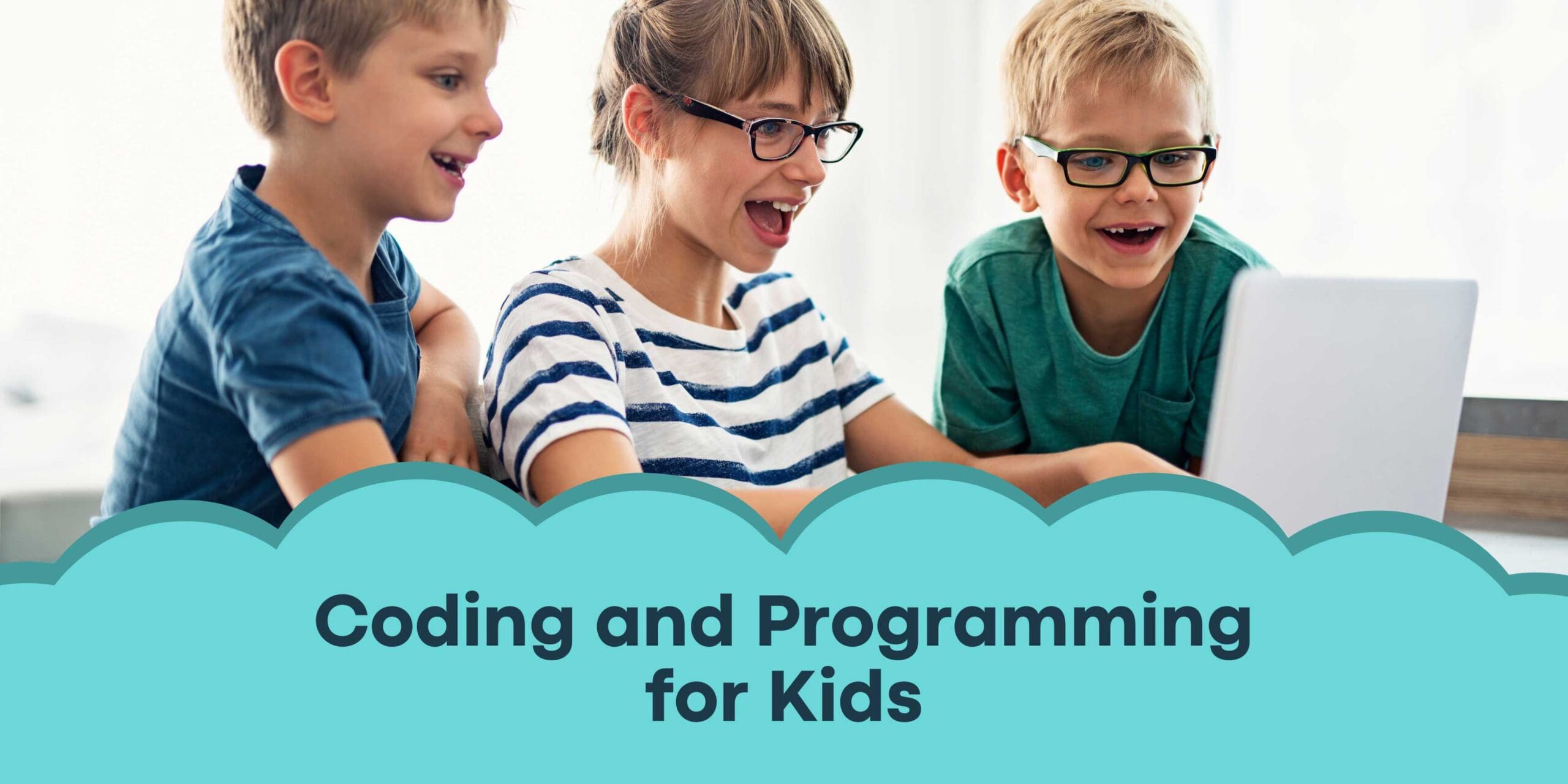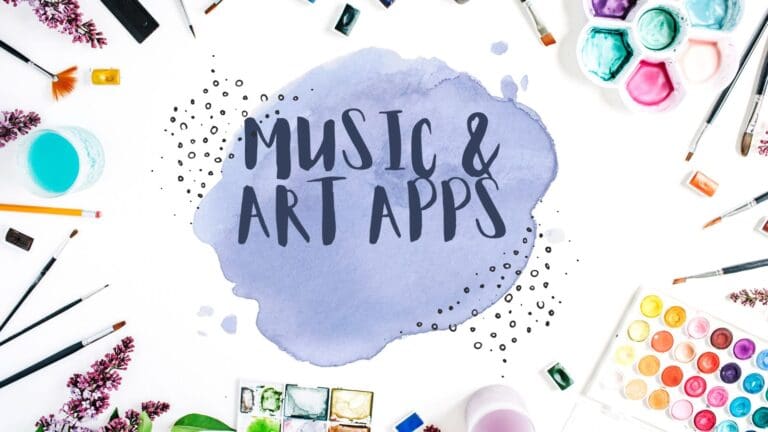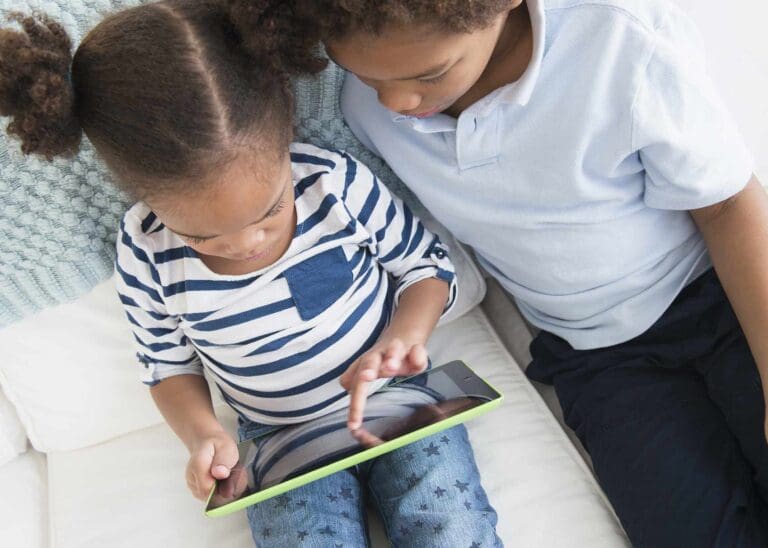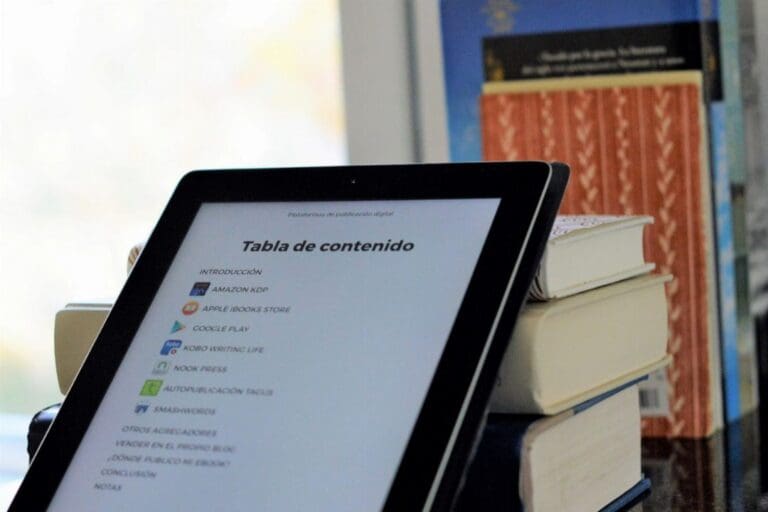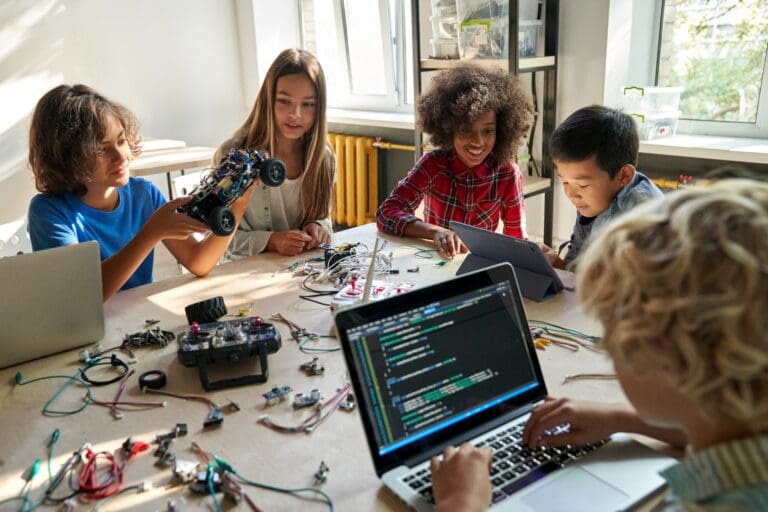Coding and Programming for Kids: A Beginner’s Guide
If you’re a parent or educator, you may be wondering whether it’s worth teaching coding and programming to kids. The answer is a resounding yes! Not only do coding skills open up a world of opportunities for kids, but they also help develop problem-solving skills, critical thinking, and computational thinking. These skills are essential for success in the future, particularly in fields related to STEM education.
Teaching kids to code also helps them develop creativity and logical thinking skills. With coding, kids can bring their ideas to life and create things that they never thought possible. They can learn to design and build their own games, apps, and websites. This helps them develop their coding skills and encourages them to think outside the box and come up with innovative solutions to problems.
Overall, coding and programming for kids is an incredibly valuable skill to learn. It helps develop important skills that will be useful in any career path they choose to pursue. By teaching kids to code, we’re preparing them for the future and giving them the tools they need to succeed.
Why Teach Coding to Kids?
Teaching kids to code is becoming more and more important in today’s digital age. Not only does it help them develop essential problem-solving skills, but it also prepares them for a future that will be increasingly reliant on technology. In this section, we’ll explore some of the benefits of learning to code and why it’s such an important skill for kids to develop.
Benefits of Learning to Code
Learning to code has a wide range of benefits for kids. Here are just a few:
- Developing problem-solving skills: Coding requires kids to think logically and systematically, which can help them develop strong problem-solving skills that they can apply to other areas of their lives.
- Boosting creativity: Coding is a highly creative activity that allows kids to build their own projects and bring their ideas to life.
- Improving academic performance: Studies have shown that kids who learn to code often perform better in other subjects, such as math and science.
- Building confidence: Coding can be challenging, but it’s also incredibly rewarding. As kids learn to code and build their projects, they’ll gain confidence in their abilities and feel accomplished.
Coding Skills for the Future
In today’s world, technology is everywhere, and it’s only going to become more prevalent in the future. By teaching kids to code, we’re preparing them for a world that will be increasingly reliant on technology. Here are a few reasons why coding skills will be so important in the future:
- Future job prospects: As technology continues to evolve, there will be an increasing demand for people with coding skills. By teaching kids to code, we’re helping them develop skills that will be in high demand in the future job market.
- STEM education: Coding is a key component of STEM (science, technology, engineering, and math) education. Teaching kids to code exposes them to a wide range of STEM concepts and helps them develop a strong foundation in these subjects.
- Innovation: Coding is a powerful tool for innovation. By giving kids the skills they need to code, we’re empowering them to build their own projects and come up with new ideas that could change the world.
Overall, teaching kids to code is a valuable investment in their future. Not only does it help them develop essential skills, but it also prepares them for a future that will be increasingly reliant on technology.
Getting Started with Coding for Kids
If you’re looking to introduce your child to coding and programming, you might be wondering where to start. With so many different platforms, lessons, tutorials, and challenges available, it can be overwhelming to know where to begin. This section will cover some tips for choosing the right platform and finding learning resources for your child.
Choosing the Right Platform
When it comes to choosing a platform for your child to learn coding, there are several factors to consider. Some popular options include:
- Scratch: Scratch is a free programming language and online community where kids can create interactive stories, games, and animations. It’s designed for ages 8-16 and uses a visual coding system that’s easy to learn.
- Tynker: Tynker is another popular option for teaching kids how to code. It offers a variety of courses and challenges for kids of all ages, and uses a block-based coding system that’s simple and intuitive.
- Code.org: Code.org is a non-profit organization offering kids free coding lessons and resources. It features courses on a variety of topics, including game design, web development, and computer science fundamentals.
When choosing a platform, it’s important to consider your child’s age, skill level, and interests. You may also want to look for platforms that offer a mix of tutorials, challenges, and projects to keep your child engaged and motivated.
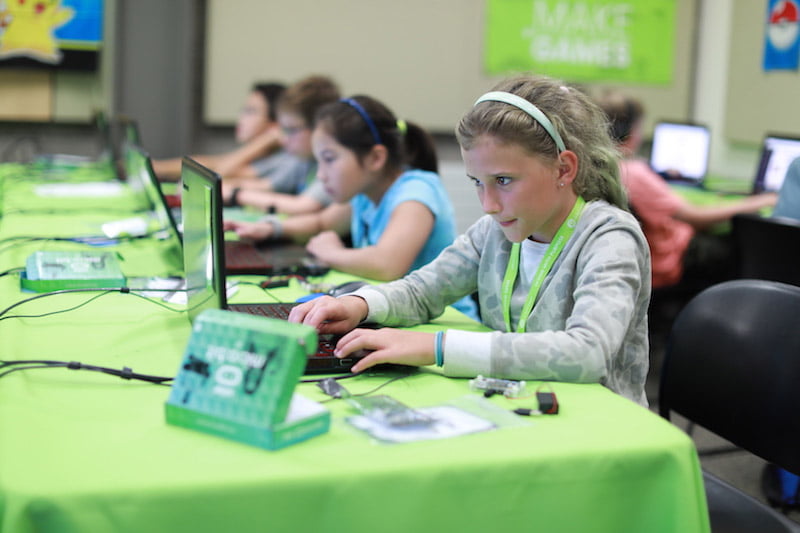
Learning Resources for Kids
Once you’ve chosen a platform, it’s time to start exploring the available learning resources. Some options to consider include:
- Tutorials: Many coding platforms offer tutorials that guide kids through the basics of coding and programming. These can be a great way to get started and build a foundation of knowledge.
- Challenges: Coding challenges are fun to test your child’s skills and encourage them to think creatively. Many platforms offer a variety of challenges, from simple puzzles to more complex projects.
- Coding Resources: Many online resources are available for kids interested in coding. For example, Codeacademy offers a variety of free coding courses, while Khan Academy offers video tutorials and interactive challenges.
- Free Coding Websites: Many free coding websites, such as CodeCombat and Codingame, are available. These sites offer a variety of games and challenges that teach kids coding skills in a fun and engaging way.
Finding options matching your child’s learning style and interests is important when exploring learning resources. You may also want to consider setting goals and tracking progress to help keep your child motivated and engaged.
In conclusion, getting started with coding for kids can be a fun and rewarding experience. By choosing the right platform and exploring a variety of learning resources, you can help your child develop valuable coding skills and build a foundation for a future in technology.
Block-Based Coding for Young Kids
Block-based coding is a great way to start if you want to introduce your young kids to coding. Block-based coding uses visual programming blocks to create code instead of typing out lines of text. This makes it easier for young kids to understand the basics of coding without getting overwhelmed.
One popular block-based coding platform for kids is Scratch. Scratch is a puzzle game that teaches kids how to code by having them drag and drop visual blocks to create code. It is designed for kids aged 8-16 years old, but even younger children can enjoy it with some help from an adult.
Another great block-based coding app for young kids is Daisy the Dinosaur. This app is designed for kids aged 4-8 years old and teaches them the basics of programming by having them drag and drop visual blocks to make Daisy the Dinosaur move and dance.
Block-based coding is a great way to help your kids develop problem-solving skills and logical thinking. It is also a fun way to introduce them to the world of programming. With block-based coding, your kids can create their own games, animations, and interactive stories.
In summary, block-based coding is a great way to introduce young kids to the world of programming. Scratch and Daisy the Dinosaur are two great apps that use visual programming blocks to teach kids how to code. By learning block-based coding, your kids can develop problem-solving skills and logical thinking while having fun creating their own games and animations.
Text-Based Coding for Older Kids
Text-based coding is a great option if you are an older kid looking to advance your coding skills. Unlike drag-and-drop coding, text-based coding involves real programming languages and requires typing out code manually. This may seem daunting at first, but it allows for more complex and sophisticated projects.
There are several popular coding languages that are great for text-based coding. JavaScript is a versatile language that can be used for both front-end and back-end web development. Java is a widely used language that is great for building complex applications. Python is a beginner-friendly language that is easy to learn and has a wide range of applications. HTML and CSS are essential for building websites, while C++ is a powerful language for creating games and other high-performance applications.
When starting with text-based coding, choosing the right language for your project and skill level is important. Many online resources offer free courses and tutorials for learning different coding languages. It’s also helpful to practice coding regularly and to seek out feedback and guidance from more experienced coders.
Text-based coding is a great way for older kids to take their coding skills to the next level and create more complex and sophisticated projects. With the right resources and practice, you can become a skilled programmer and create amazing things with code.
Building Games and Apps
Coding and programming for kids can be a fun and engaging way to learn valuable skills. Building games and apps is one of the most popular ways to get started. Here are some tips and resources to help you get started.
Build Games
Building games is a great way to learn coding and programming skills. Many tools and platforms are available that make it easy to get started. Here are a few options to consider:
- Microsoft MakeCode: This free online platform allows you to build retro-style arcade games and code devices. It also has 100+ game mechanics ready to add to your game. You can even write programs for the micro: bit, a pocket-sized computer that you could embed into any project.
- Tynker: Tynker is a drag-and-drop block coding platform that allows you to build games and apps, compose music and art, control smart devices, and much more. It also has a Mod Creator feature that allows you to modify Minecraft game behaviors and create mods and add-ons.
Coding Games
Coding games are another great way to learn coding and programming skills. They are designed to be fun and engaging while also teaching valuable skills. Here are a few options to consider:
- Code Kids: This coding game is designed for young children and focuses on simple sequences, loops, functions, debugging, arrays, and coordinates. It is available on Android and is free to download, with a subscription option for additional features.
- Hopscotch: Hopscotch is a visual programming language that allows you to create games, animations, and interactive art. It is designed for kids aged 8-16 and is available on iOS.
Coding Apps
Coding apps are another great way to learn coding and programming skills. They allow you to practice coding on the go, and many of them are designed specifically for kids. Here are a few options to consider:
- ScratchJr: ScratchJr is a coding app designed for kids aged 5-7. It allows you to create interactive stories, animations, and games using drag-and-drop blocks.
- Swift Playgrounds: Swift Playgrounds is an app that teaches you how to code in Swift, Apple’s programming language. It includes interactive puzzles, challenges, and lessons and is designed for kids aged 12 and up.
Operating Systems
Operating systems are the backbone of any computer, and learning how they work can be valuable. Here are a few options to consider:
- Raspberry Pi OS: Raspberry Pi OS is a free operating system for the Raspberry Pi, a small and affordable computer. It is designed to be easy to use and comes with a variety of programming tools and resources.
- Linux: Linux is a free and open-source operating system that is used by many programmers and developers. It is highly customizable and can be a great way to learn about operating systems and programming.
Building games and apps is a great way to learn coding and programming skills. Whether you’re just getting started or looking to take your skills to the next level, plenty of resources are available to help you succeed.
Coding and Programming in Education
Coding and programming skills are becoming increasingly important in today’s world. As technology continues to advance, it is essential that children learn these skills at an early age. In this section, we will discuss how coding and programming are being incorporated into education.
Curriculum and Standards
Many schools are now including coding and programming in their curriculum. For example, the National Curriculum in the UK includes coding as part of the computing curriculum. The Common Core State Standards in the United States include coding and programming as part of the technology standards.
Coding in the Classroom
Coding can be taught in the classroom in a variety of ways. Some schools use robots, such as the Bee-Bot or the LEGO Mindstorms, to teach coding concepts. Others use visual programming languages like Scratch or Tynker to teach children how to code. These languages allow children to drag and drop blocks of code to create programs.
Coding Resources for Teachers
There are many resources available for teachers who want to teach coding in the classroom. Khan Academy, for example, offers free coding courses for children of all ages. Microsoft MakeCode is another resource that offers free online coding courses and tools for educators.
In conclusion, coding and programming skills are becoming increasingly important in today’s world, and it is essential that children learn these skills at an early age. Many schools are now incorporating coding into their curriculum, and there are many resources available for teachers who want to teach coding in the classroom.
FAQ
What is the difference between coding and programming for kids?
Coding and programming are often used interchangeably but have slightly different meanings. Coding refers to the process of writing instructions in a programming language that a computer can understand. Programming, on the other hand, involves designing, testing, and maintaining software applications. For kids, coding is usually the first step towards programming.
What age should a child start coding?
There is no one-size-fits-all answer to this question. Some children can start coding as early as 5 years old, while others may not be ready until they are 10 or older. It depends on the child’s level of interest, maturity, and readiness to learn. However, most experts recommend starting around age 7 or 8, as this is when children typically have the cognitive skills needed to understand basic programming concepts.
How do I start coding for my child?
Starting to code with your child can be a fun and rewarding experience. Here are some tips to help you get started:
- Choose a kid-friendly coding language or platform like Scratch, Code.org, or Tynker.
- Set aside regular time for coding activities, such as a weekly coding session.
- Encourage your child to experiment and explore with coding rather than focusing on specific outcomes.
- Provide positive feedback and celebrate your child’s successes, no matter how small.
Can a 10-year-old start coding?
Yes, a 10-year-old can definitely start coding. In fact, many children in this age range have already been exposed to basic coding concepts through school or extracurricular activities. However, it’s important to remember that every child learns at their own pace, so it’s important to be patient and supportive. Encourage your child to explore coding at their own pace, and provide guidance and resources as needed.

